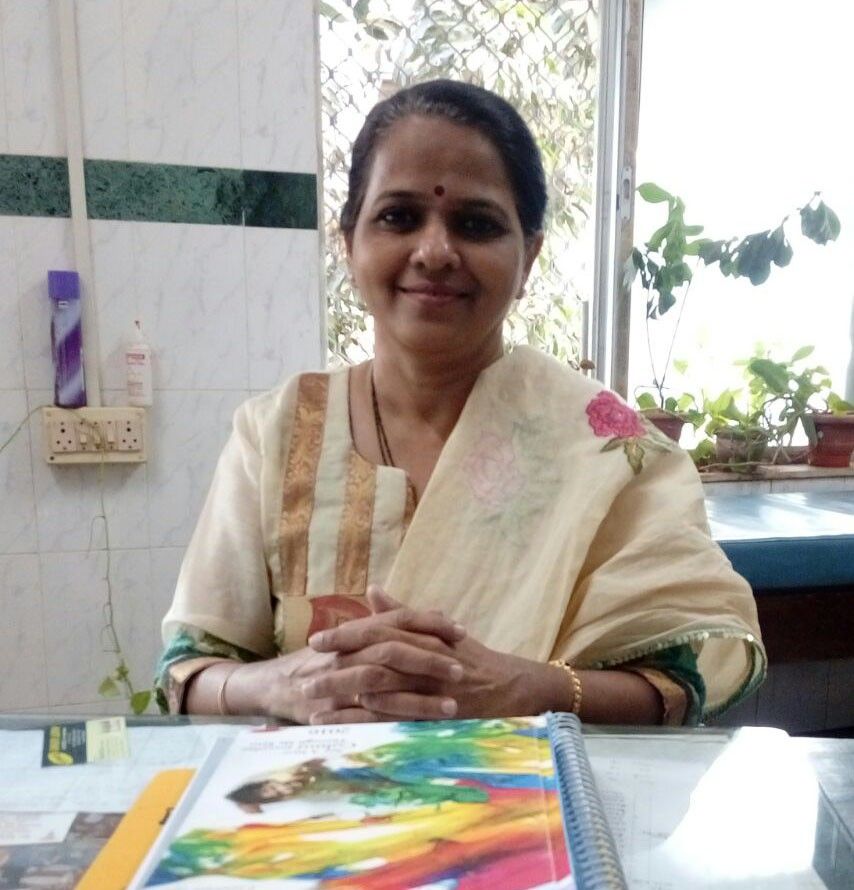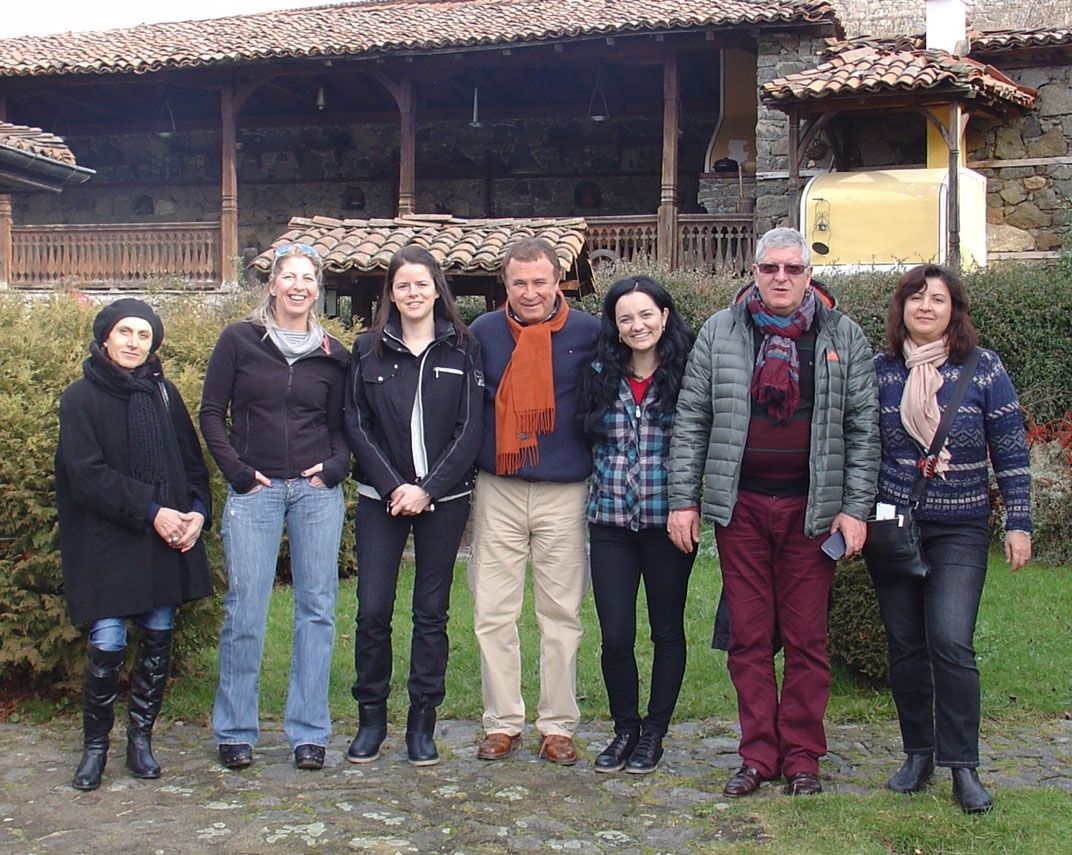Researchers spend a great deal of time thinking about the things they need to measure. While they also need to consider what rulers or instruments to measure with, it has only been in the last decade or so that the research behind such instruments has received the recognition it deserves.
This year, the Institute for Work & Health (IWH) is celebrating a little ruler launched in 1996 to measure disabilities of the upper limb. Developed in collaboration with the American Academy for Orthopedic Surgeons (AAOS), the DASH Outcome Measure has broadened its reach around the world, making an impact in clinical treatment and research well beyond the purposes intended when it was created.
The DASH Outcome Measure (DASH stands for Disabilities of the Arm, Shoulder and Hand) is a 30-item questionnaire that patients complete, scoring their symptoms and disability or physical function across a variety of activities, such as opening a jar, cutting food with a knife or pulling a sweater overhead. A shorter, 11-item version called the QuickDASH was released in 2005. Two modules were also created to target specific populations: workers, and high-performance athletes and musicians.

This year, its 20th anniversary, the DASH Outcome Measure is used across the world in 50 languages and dialects. In 2015 alone, there were 13,617 downloads of the DASH questionnaire, 18,338 downloads of its shorter version, and an average of 335 visits a day to the DASH website. In the research literature, the DASH is used in a wide range of studies—from research on work-related musculoskeletal disorders (MSDs) experienced by sign-language interpreters to a quality assessment of trauma care when delivered over the phone to patients in rural Uganda. Although it was originally developed for measuring function during recovery from MSDs of the upper extremities, the DASH is now also used to measure functional recovery from skin conditions such as burns, neurological and central nervous system disorders such as stroke or brain injury, and cancer treatment-related conditions such as post-mastectomy lymphedema.

Dr. Dorcas Beaton, an IWH senior scientist and lead researcher on the DASH, points to a number of factors to explain why the DASH measure has stood the test of time. One is the work at the start to make sure the tool had a strong theoretical foundation. Another is the research, still ongoing, to ensure it has strong measurement properties. Third is the mutual support between the DASH team and its community of stakeholders. Getting stakeholder input along the way helped us make sure we had a tool that would fit their needs, as well as ours,
says Beaton. And IWH has continued to support the DASH, with manuals and the website that help people access the information they need.
Assessing the whole upper limb
The DASH Outcome Measure was created at a time of growing awareness across many different clinical specialties of the value of patient-reported outcomes. For clinicians treating MSDs affecting the arm, hand or shoulder, for example, it was no longer enough just to measure grip strength or range of motion. These clinicians were increasingly recognizing that asking patients about their symptoms and functions, as well as evaluating range of motion etc., would often lead to better identification of the issues important to patients.
Indeed, the shift toward patient-reported outcomes was so big that, by the mid-1990s, clinicians treating this part of the body had 31 different patient-reported measures to choose from—including 17 questionnaires for the shoulder alone. None of these measures, however, had been developed for the upper extremity as a whole,
says Beaton. Having that many choices was not easy for practitioners. At the clinic where she treated people with brachial plexus injuries needing staged reconstruction, patients would have to answer four or five different questionnaires at each stage of reconstruction.
At IWH, other researchers were also looking for a single tool as they embarked on work examining occupational MSDs, a condition that can affect different parts of the body. Beaton and others on the development team, including those at AAOS, decided to create one measure to assess whole upper limb functioning. The wisdom of that decision has borne out over the years. Because it can measure function and disability among people with any disorder of the upper limb, the DASH proved to have broad clinical application, allowing researchers to compare symptoms and treatments across different conditions and disorders. Carol Kennedy, a research associate at IWH and member of the DASH development team, points to a recent survey of 157 DASH users, in which three in four respondents said they used the DASH for each of the four regions of the limb (hand, wrist, elbow and shoulder). Of the 31 reviews since 1996, more than half found the DASH a better measure than another joint-specific or disease-specific upper extremity measure,
she says.
Strong measurement properties
The DASH team’s effort to make sure the tool has solid measurement properties is another important reason for the broad uptake of the tool, says Dr. Aileen Davis, a senior scientist at the Division of Health Care and Outcomes at the Krembil Research Institute in Toronto who also worked on the DASH.
When the DASH was developed, the team looked at the literature to identify items that could be included. We worked with different patient groups and clinicians to make sure that the items we included were things that were relevant and important,
she says. We took out duplicates. We also did testing to make sure the tool was easy to use and easy to understand in terms of the wording and structure of the questions.
This groundwork on the psychometric properties of the tool helped make it a reliable and valid instrument that was sensitive enough to pick up change in patients’ conditions. Of the 11 reviews since 1996 that performed quality appraisal of the DASH, 10 supported the DASH’s measurement properties, notes Kennedy. Overall, many of these reviews conclude that the DASH is the most robust and the most commonly used measure,
says Kennedy. One review said the DASH is the most widely tested instrument in patients with wrist and hand injuries.
Over the years, the DASH development team at IWH has continued to provide users with information and support on ways to use the DASH, how to administer it, and how to interpret scores. A users’ manual was published in 1999 and updated in 2002 and 2011. An app for iPad was released in 2013 to make it easier for clinicians to administer the test and track scores over repeated uses. And ongoing support is provided to researchers around the world who undertake the translation of the DASH into their languages and dialects or adapt it to their cultural contexts.
I think the support that we’ve provided users over the years has had something to do with the broad uptake of the measure around the world,
says Beaton.
The wide adoption of the DASH has been a benefit to researchers, making it easier to pool results across different studies and overcome the challenge of small sample sizes, says Dr. Claire Bombardier, a one-time IWH senior scientist and current adjunct scientist who led the development team in the 1990s. Looking at the years ahead, Bombardier hopes the DASH continues to evolve so it remains a favourite among researchers and clinicians.
As research evolves and new measurement methods are developed, I hope the DASH will continue to be adopted widely so that we have harmonized methods for collecting data,
she says.
“That’s why it’s so important for us to continue to work closely with stakeholders, so we can make sure the DASH continues to evolve with their needs.”